The Secret To Spotting Clutter
Clutter doesn’t always announce itself as such.
In fact, clutter never does.
If you go looking for clutter you won’t easily find it.
There is no sign a belonging grows with time bearing the word “clutter” when it becomes that, and there is no one kind of clutter.
Clutter isn’t one or a few kinds of items, but a status that any and all belongings may reach. It’s a term that refers to the point at which an item has become stagnant, no longer serving its owner and merely taking up space.
What is clutter for one person may not be clutter for another because items that are essential or not at all necessary naturally differ from individual to individual.
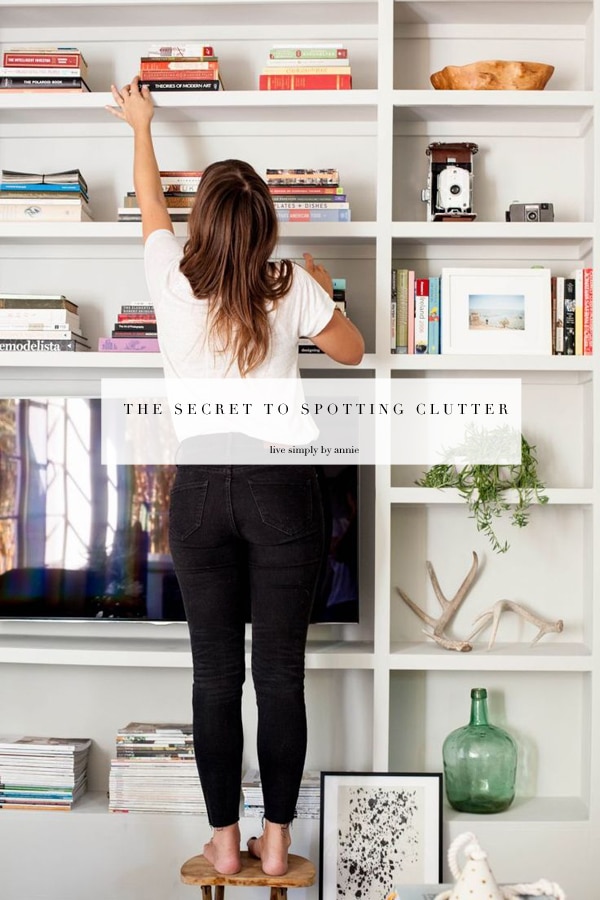
Like I said, even if you go looking for clutter, you won’t find it. If you look, you’ll see what always appears to be there: things, colors, shapes, materials, pots and pans and boxes of crayons and bundles of loose leaf paper. The only way to spot clutter is to see your space–to turn on a keen perspective that registers both the physical world and the emotional one. To recognize clutter as such you must look out for purpose, not appearance. And the only way to uncover a thing’s true status is by asking yourself the questions:
Why is this here?
How is it serving me (or not)?
Is it making my life easier or more overwhelming?
This is why after working with me so many people tell me, “I had no idea how much clutter I really had!”
They had been under the assumption that just because the things around them looked like normal, respectable, everyday items like shirts and bean bag chairs and so on, they didn’t qualify as clutter. Maybe they, and maybe you, too, had it in their minds that clutter refers only to some horrid garbage pile that’s so obviously undesirable it’s laughable.
Things in mint condition may be clutter. Things filled with potential utility may be clutter. Expensive things may be clutter. Designer dresses may be clutter as much as childhood memorabilia, antique furniture, photos, or silverware. Clutter is not always dirty or dusty (though it often is) and it isn’t always located in hard to reach, well-hidden areas (again, though it often is).
Your clutter is likely blending into your important belongings right at this moment, and on the surface it may be difficult to quickly differentiate between the two. But remember that any thing will naturally reveal its status to you the moment you take it into your hand, pause to consider its purpose, and realistically answer whether it gives you life or drains you of life, whether it makes you feel stuck and confused, or whether it ignites your best self.
If you’re honest with yourself, there won’t be any mistaking it.
Image credits: Chelsea Fullerton via The Everygirl
3 Comments
Leave a Comment
Other Posts You May Love
3 Comments
-
[…] clutter is different for everyone, it’s so often the smallest items that ultimately create major clutter situations. One […]
-
[…] you’re lost, you might be in need of a clutter […]
-
I find it easier to spot clutter by taking a picture.
Leave a Comment
Welcome
Search The Blog
Simplify Your World
Sign up for the email list to get inspiration and simplified tips sent right to your inbox.
On Pinterest

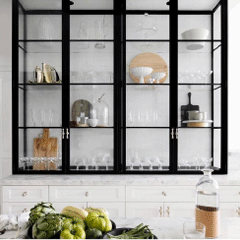
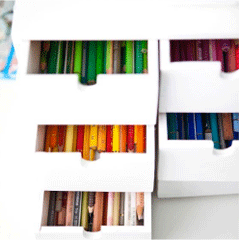
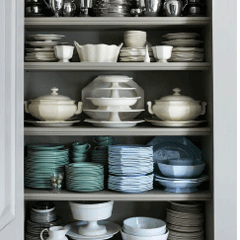

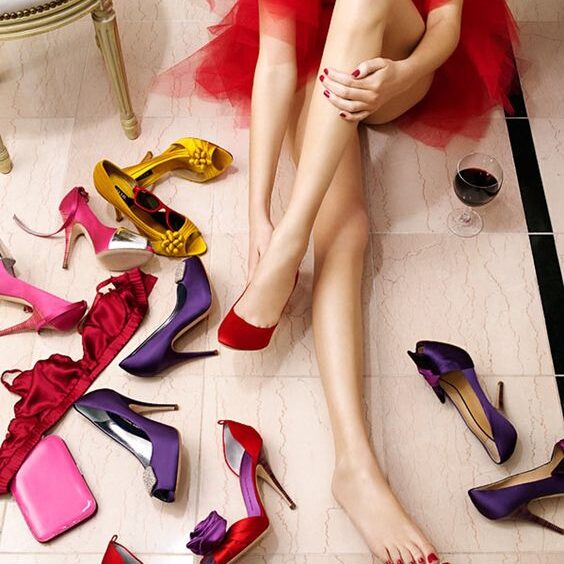
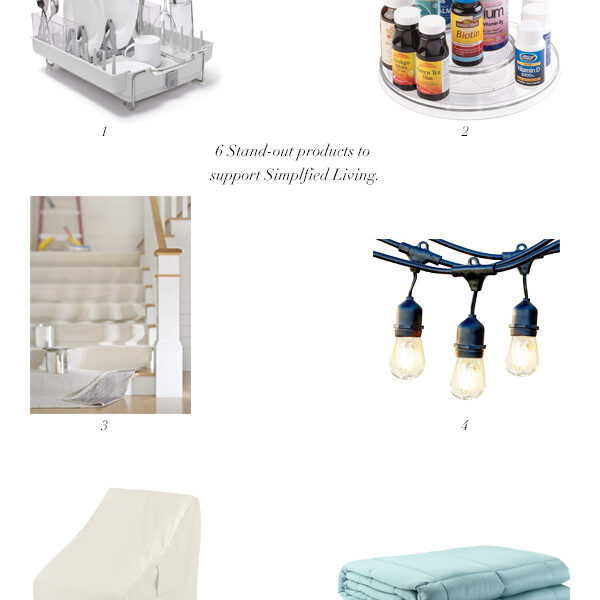
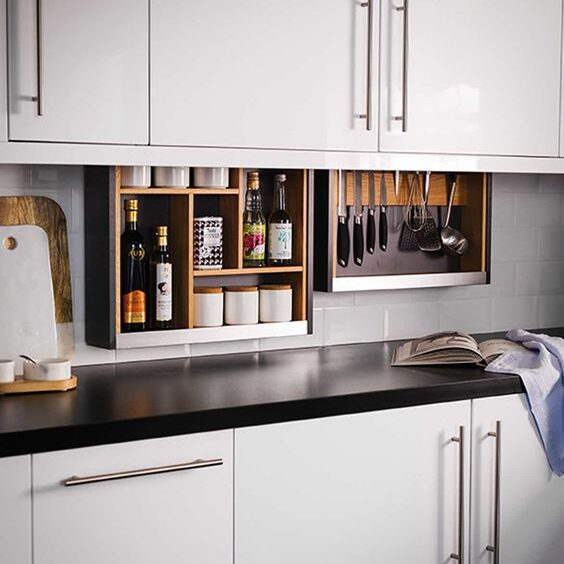
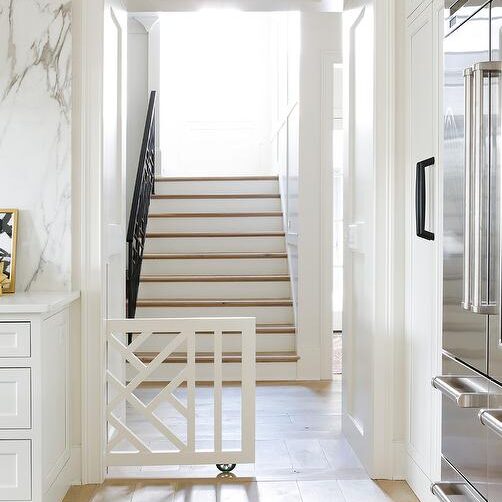
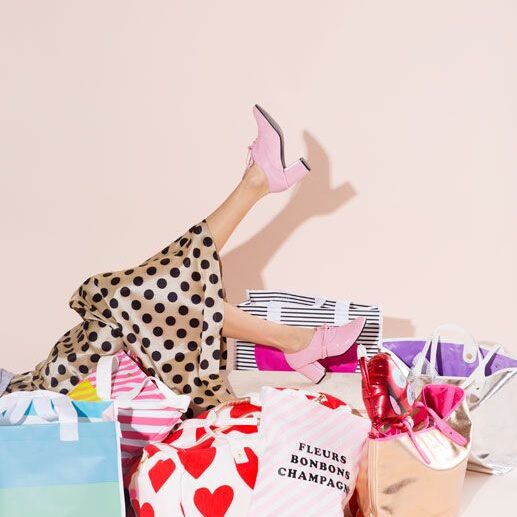
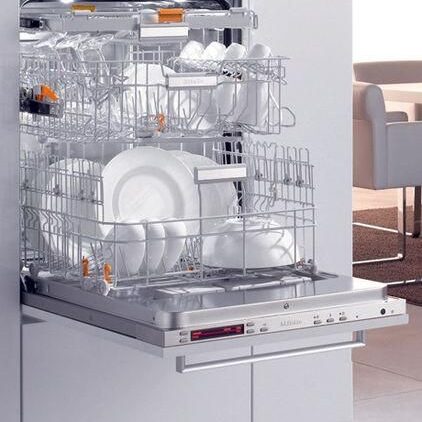
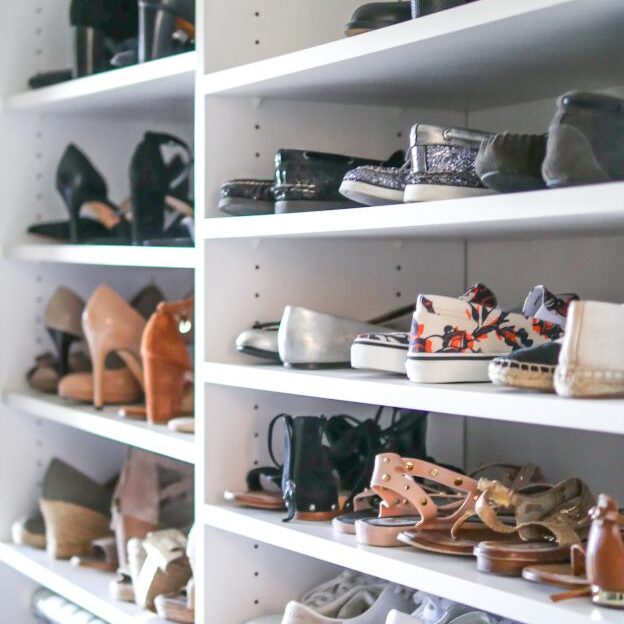
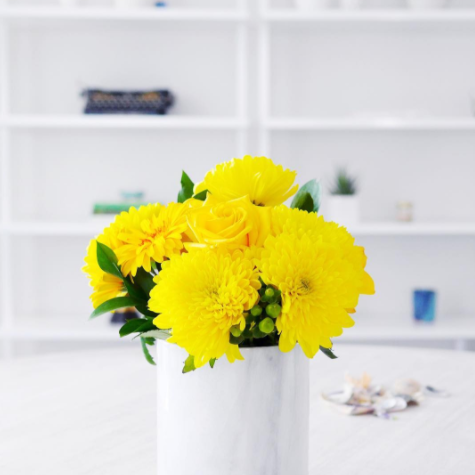
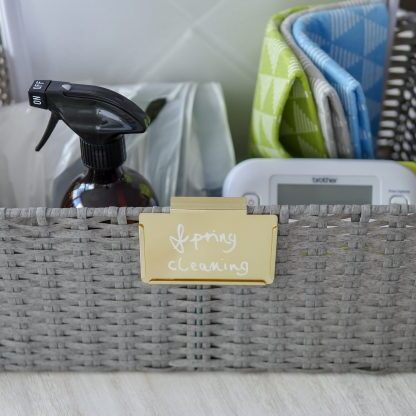

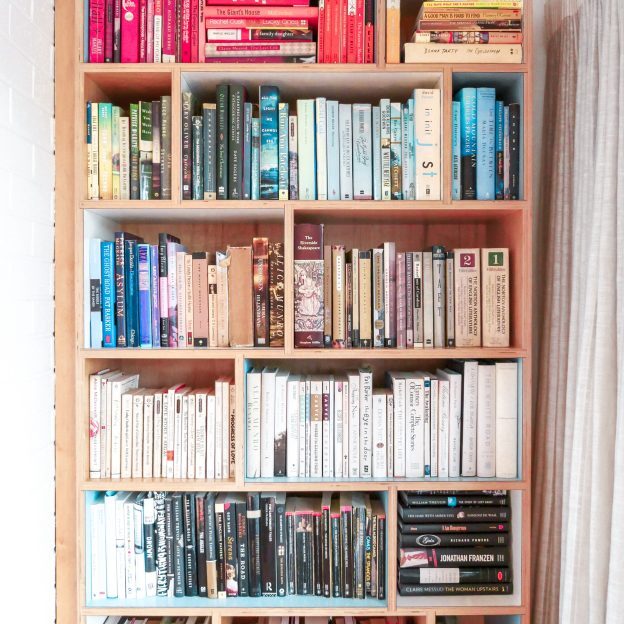
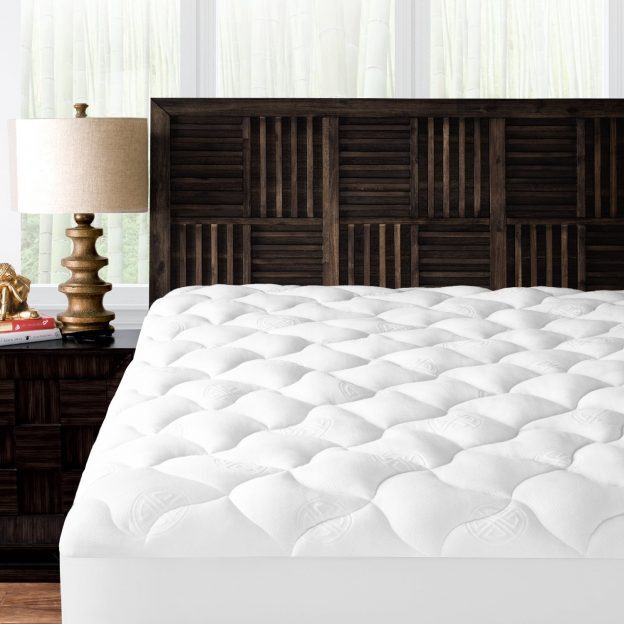

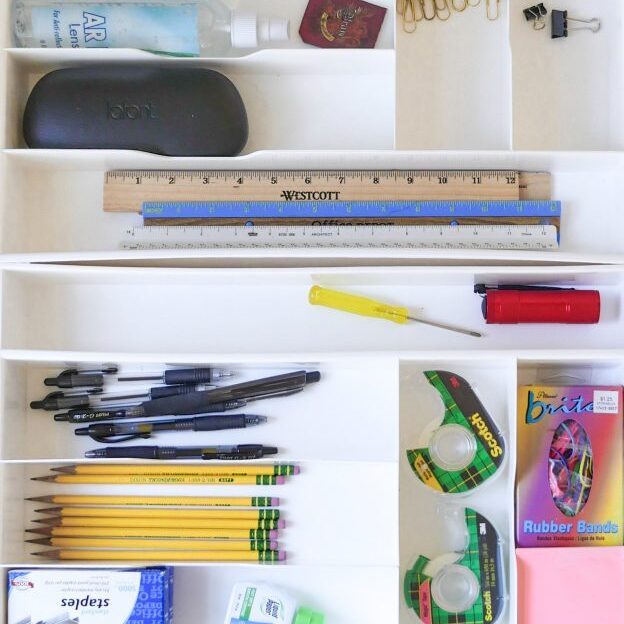
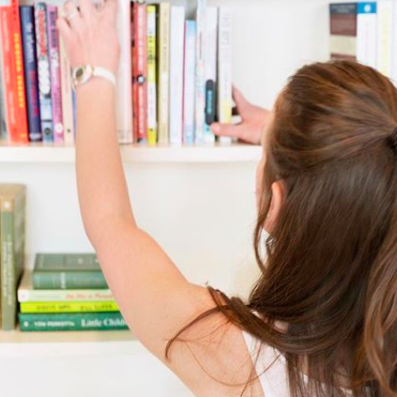
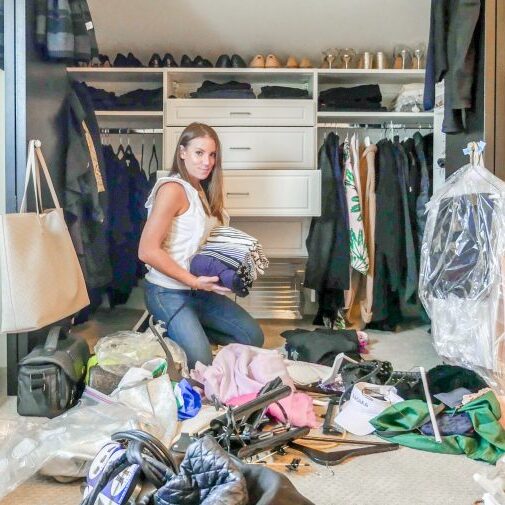
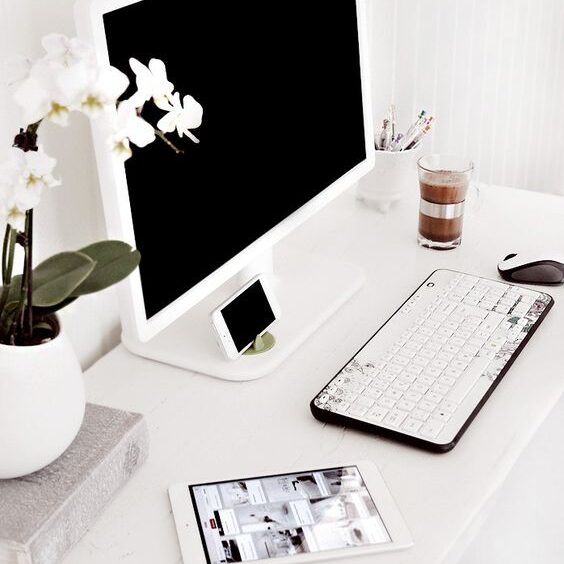
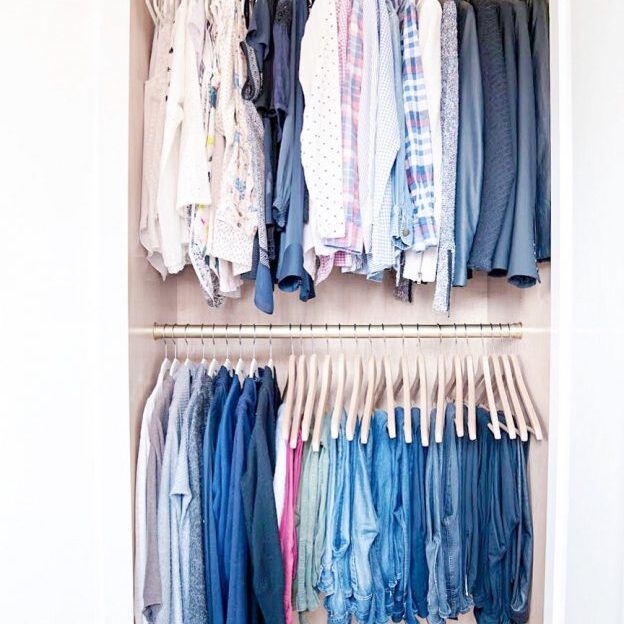
[…] clutter is different for everyone, it’s so often the smallest items that ultimately create major clutter situations. One […]
[…] you’re lost, you might be in need of a clutter […]
I find it easier to spot clutter by taking a picture.